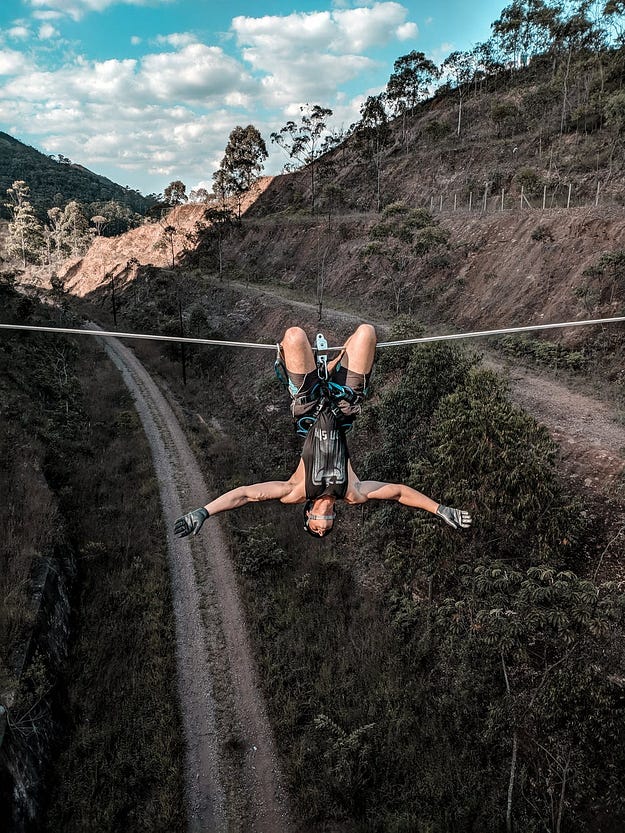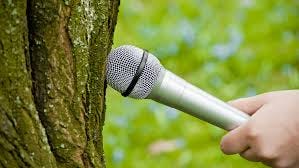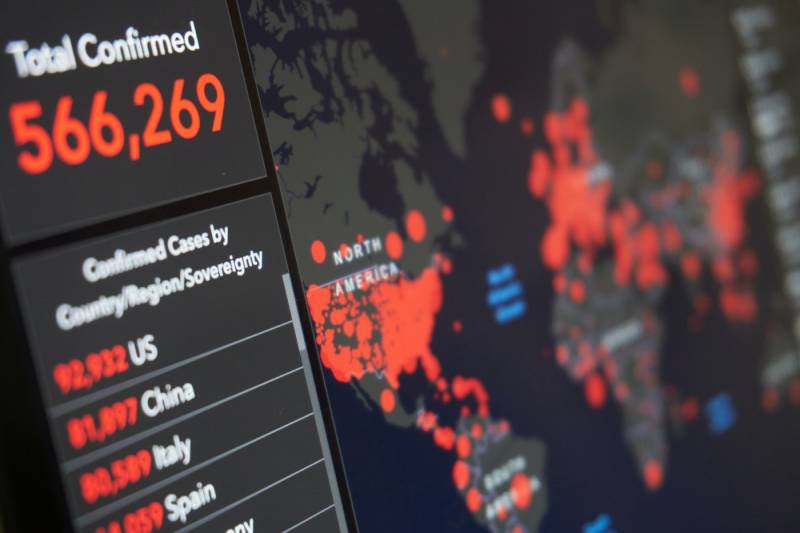This is the second of a multi-part series describing experiences, lessons, and reflections of the KQED Science news team during a year of reporting on, and living through an unprecedented series of disasters.
Risk and Responding to Challenges
We know how to put on fireproof clothing. If we’re in a war zone we know to stay with the troops, but this is a different challenge and a lot of editors and a lot of journalists are still learning as they go. — KQED science news staff
A new type of risk

In today’s disasters, risk has become systemic, directly affecting core functions designed to manage the environment, the economy, and health care. Risk is now so all-encompassing that it can no longer be the responsibility of any single health authority, disaster management agency or early warning center. As we’ve increasingly witnessed, especially in the past two years, climate change represents the new factor for risk in this millennium. Climate change affects disaster risks in two ways: through the increase and intensity in weather and climate hazards, and, through the increased vulnerability of communities to climate risk.
This new level of risk was particularly evident during the 2020 wildfire season, during which KQED’s science reporters received a kind of crash course in covering disasters under these conditions. In addition to the unprecedented increase in the number, scope and intensity of the fires, reporters had to simultaneously navigate and report on the pandemic. While covering these stories, reporters had to be cognizant of Covid health and safety measures, effectively limiting their access to firefighters and those directly impacted by the blazes. Because of these limitations, stories could not be as deep, or convey the impact of the fires on a more personal level.
Experiences covering previous wildfires prepared reporters, in part, for covering the pandemic. During wildfire season science reporters had to gear up quickly to respond to rapidly changing circumstances, determine different arenas of coverage, and coordinate their coverage with KQED’s general news team.
However, even for these seasoned reporters, the pandemic represented a level of risk, completely different than anything they’d ever experienced. Not only had the nature of the reporting itself changed, but in trying to address the story’s human side, many reporters were themselves in danger of contracting COVID-19, forcing news organizations like KQED to grapple with the catastrophe in many of the same ways as society in general.
During the rare times reporters were able to go into the field to do a story, they had to take extra precautions. One of KQED Science’s first field stories during the pandemic was filed by an LA-based reporter covering the issue of nursing home visitations. She describes her experience interviewing a woman unable to visit her mother.
I was interviewing this woman with an eight-foot boom between us and my arms were getting tired. She was looking everywhere and I was looking everywhere. I hadn’t been in the world in that way for quite some time. KQED was very much taking the perspective that we have to take care of people’s safety. While I generally agree with that, at the same time this woman didn’t wear a mask. She didn’t intentionally get too close to me, but it’s hard to maintain six feet apart if you’ve been on any socially distant walks with anybody. It’s arbitrary. People don’t remember six feet. I had a mask and a boom pole, but I hadn’t ever worn those things to work before. I was being more protective than I normally am in my own risk assessment in my old life. It was just a complicated layer of things to think about. — KQED science news staff
During these catastrophes, KQED Science reporters, and the news team in general, displayed resiliency and a strong sense of purpose. Reporters were asking the same questions that their friends and family were, and they believed that the public saw the value in people who were experiencing a disaster also writing about it.
Going through something like this yourself raises one’s empathy for what others are going through. You have a greater understanding of the situation. It’s not abstract. — KQED science reporter
Responding to Change


In the early stage of the pandemic, traditional workflows and reporting processes within KQED were dramatically upended. For the science news team, there was no “normal” to fall back on. Reporters were forced to work from home, reporting from the field was discouraged if not impossible, information sources were unreliable, and unpredictable angles kept shifting the arc of the story. Stress levels ran high.
Working from home presented challenges. Not having direct access to sources was problematic, especially as disaster conditions continued to change and evolve. The nature of building news sources and relationships also changed. Reporters noted that during disasters, it’s optimal to be on the ground, watching a given situation unfold in person, and to interview people who have been affected. The dynamic of an interview changes and becomes richer and more personal when you can speak with someone in their own space or community. This was not easy to do virtually.
There’s a reason why all the good city hall reporters hung out at City Hall. How do you develop a relationship with somebody you meet at a Board of Supervisors Meeting on Zoom? You can’t get to them in the chat. If somebody makes a passionate comment at a public meeting that’s virtual, you can’t go find them to ask, “Hey what’s your story? — KQED Science News staff
Even though the frantic pace was stressful, science reporters commented that the intensity of the work, and the focus on a more traditional news, as opposed to science orientation helped them to become better news reporters. One reporter noted she was able to “…work faster, finish copy quicker, and not be as precious about it.”
Other reporters commented that the experience of covering the pandemic and the wildfires made them better communicators, by learning how to apply a more efficient, targeted approach to disseminating important news. This approach also helped with their feature writing, strengthening the in-depth pieces that require a writer to tease out different themes, but ultimately need to “get to the point.” Some of the science reporters who worked on feature stories during this period felt that due to the need to get stories out more quickly than usual, at times their “voice” was deprioritized.
Covering the multitude of events during these twin ongoing disasters forced reporters to become more organized, made it more urgent to get on the right email lists, follow the right organizations, contact the key public information officers, and create more detailed spreadsheets of contacts and organizations. During the pandemic immunologists and virologists were in high demand as sources, which forced reporters to learn who were the best experts to speak with during different pandemic-related situations. (‘OK, now I have a story and now I have to figure out who to talk to.’) This experience also helped reporters better understand how to use social media as a tool for reporting and gathering information.
Most of the reporters we spoke with concurred that as a disaster comes more into focus, it’s important to have journalists on the same staff doing step-back pieces and not just disseminating day-to-day information. In other words, reporters need to be looking at the broader trends, such as why there are more forest fires now than in previous years, or what political and science-related decisions led to the spread of the pandemic. This kind of analysis helps the public “look over the next hill” and provides answers to some of a disaster’s potential longer term impacts.
The experiences of the past year have tested journalists. In the process of covering wildfires and the pandemic, the KQED Science team experienced tremendous personal and professional stress. As disasters continue to accelerate, journalists will be forced to develop new ways to navigate them and to tolerate risk.
Next article
In our next article, we’ll look at how the growing “infodemic” of disaster news and commentary challenged reporters’ ability to verify and communicate fact from fiction. We’ll also look at how reporters addressed glaring equity and access issues caused by the wildfires and pandemic.
This story was originally published by Medium.
